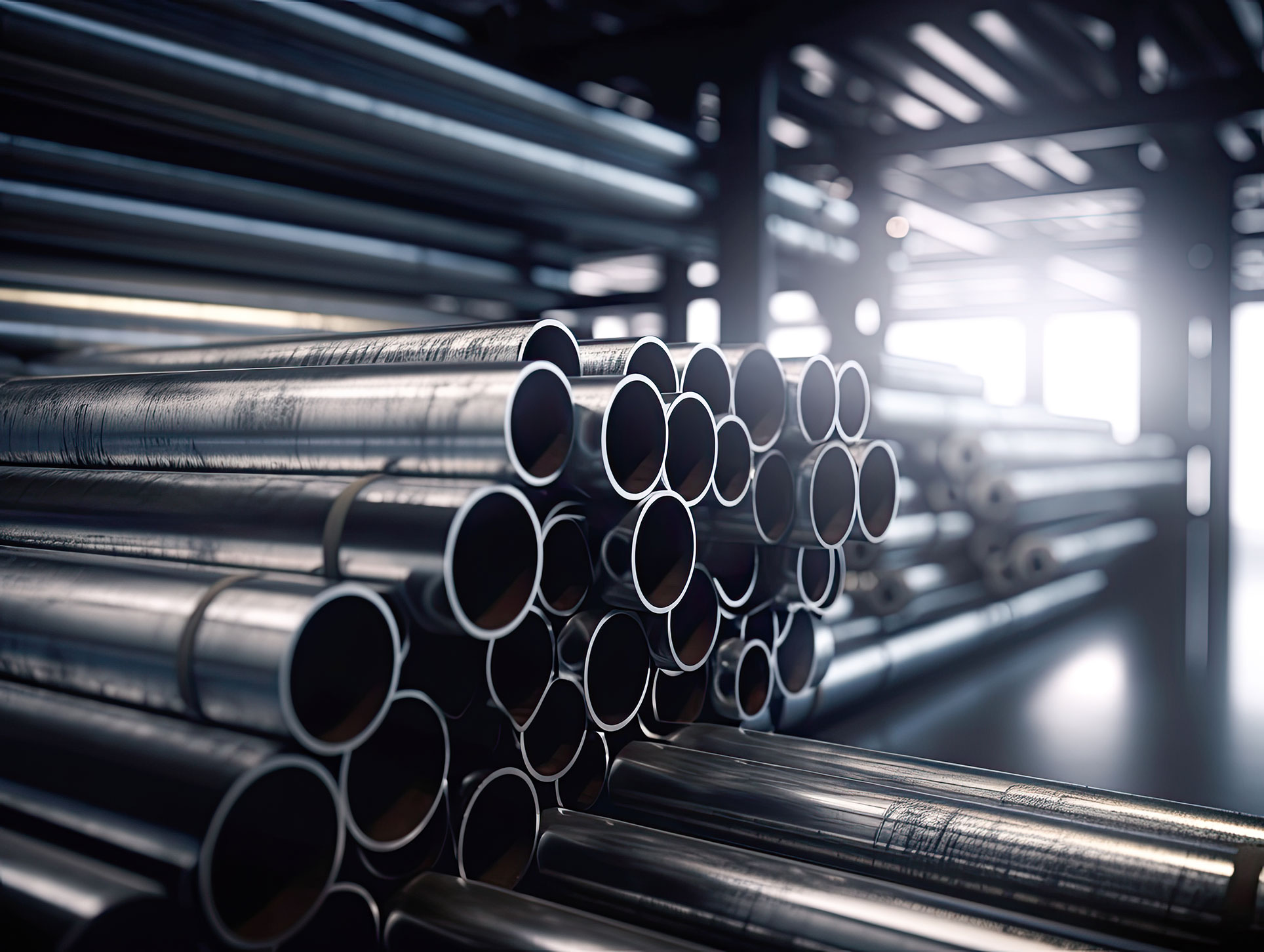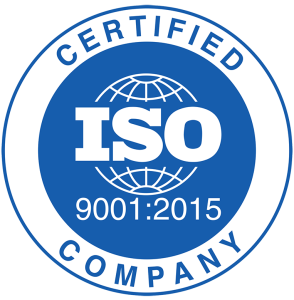Having operated for over a decade, our experience and knowledge in relation to the ERW tube is unrivalled. Offering clients an impressive array of choices in terms of sizes and shapes, we’re confident that you will find the products that you are seeking. Whatever your specifications are, we shall strive to meet them.
When choosing a spout for an application, making certain that the right one is chosen is crucial to success. Such things that should be considered here are the material to be handled through the spout, necessary flow rate, the length and service life of the spout, and the exterior exposure that it shall receive.
For the majority of low level spouting that’s handling slightly abrasive substances, the recommended wall thickness would be 10-gauge steel tubing that possesses a galvanized or painted exterior. For more substantial volumes or products that have greater severity, the wall thickness should be amplified, or a liner utilised in the spout in order to preserve its life. It is here where a thick walled steel tube may be used in lieu of regular metal tubing.
Round spouting can be rotated by 180 degrees if wear becomes an issue on the surface’s material flow contact location. This rotation is able to double the spout’s life without replacing it. Spouts that are over 40 feet in length should have a support, namely an exterior truss system, in order to lower the chances of deflection. At the spout’s end should be a dead box or elbow to slow the material’s velocity and vertically direct it to where it’s delivering equipment.
At Union Steel Tubes, we make every effort to deliver first class ERW tube to our clients. To this end, every piece of tubing is tested extensively before they are delivered to ensure that they meet the proper requirements. After all, we don’t want to send you an inadequate tube that can’t do its job. If we can help you with anything, you need only ask.


